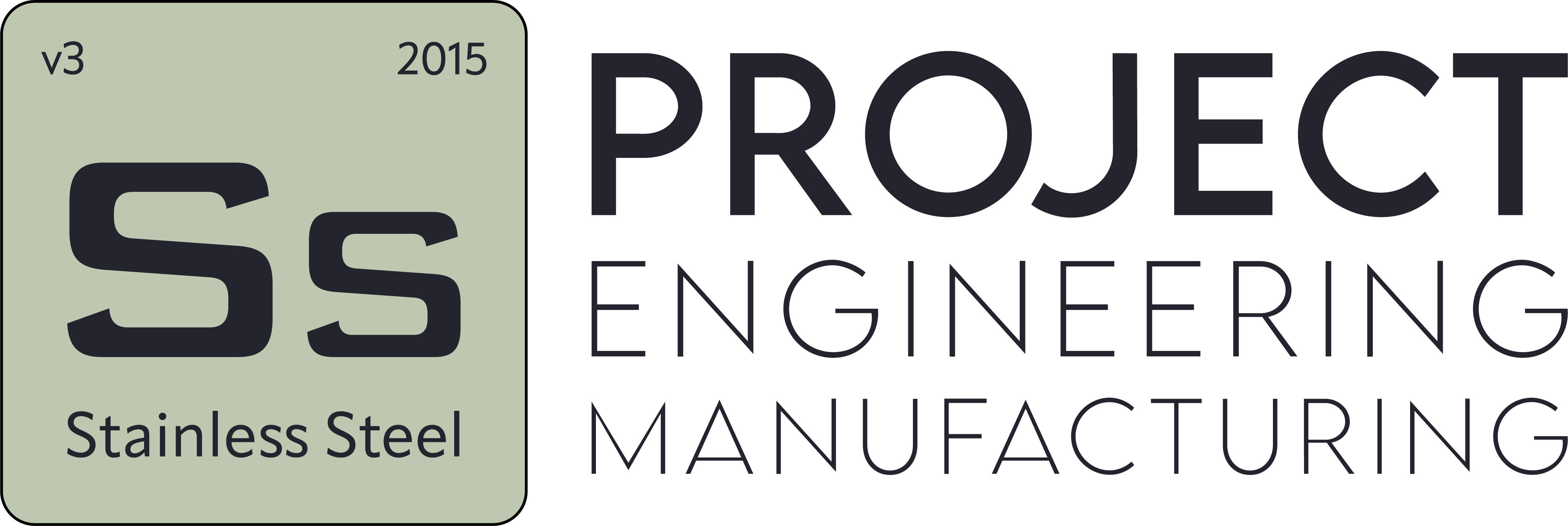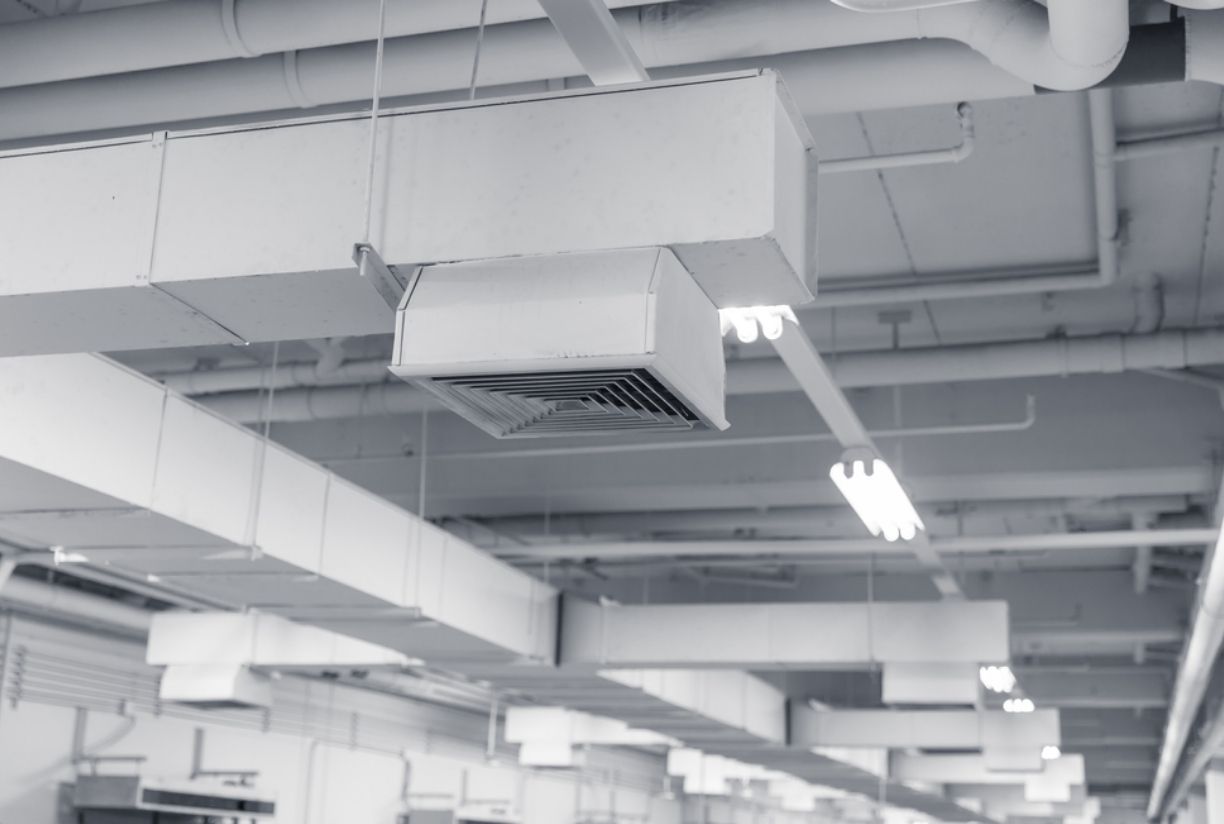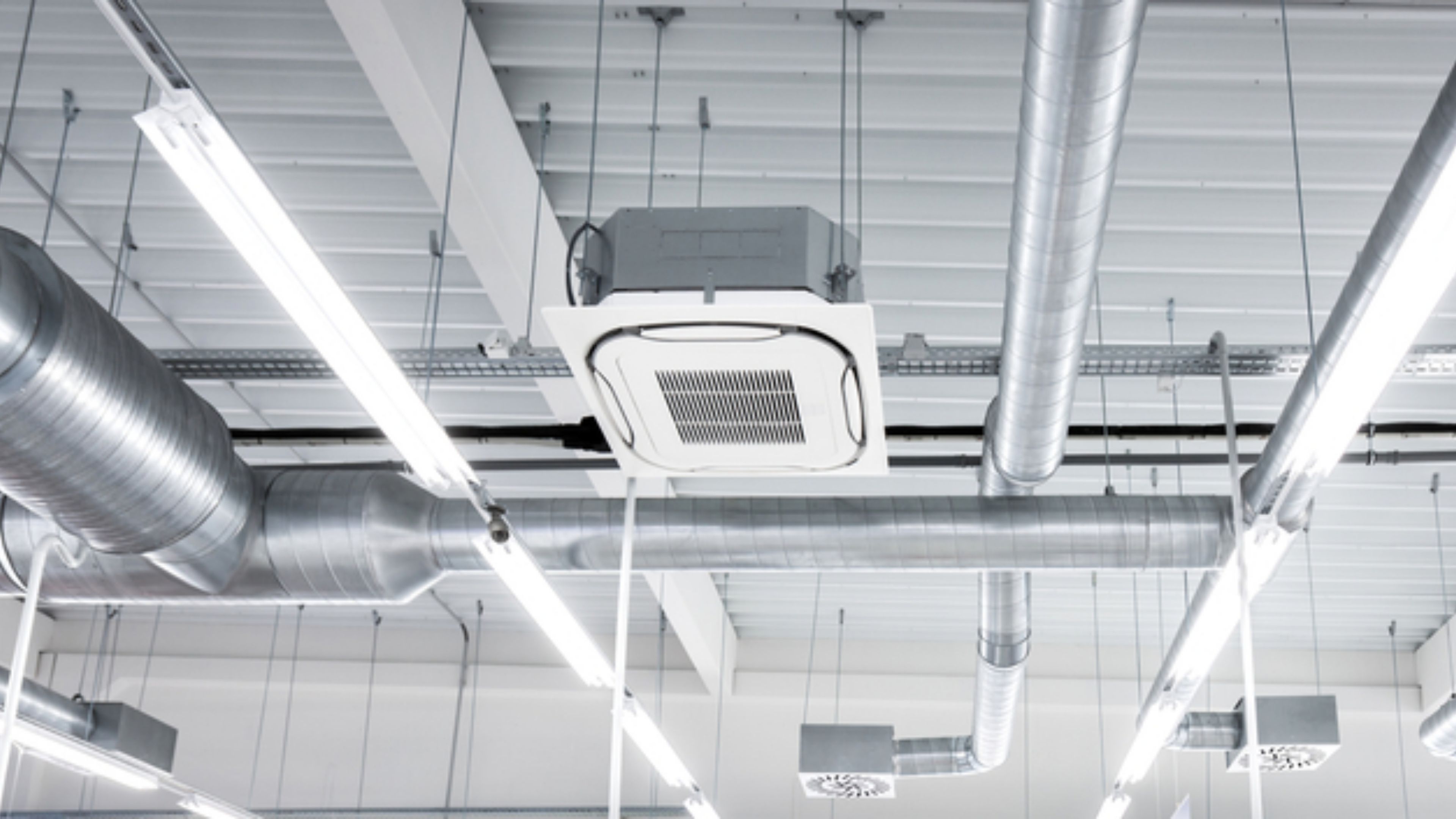How are Assembly and Integration Processes Conducted?
- Blog
- How are Assembly and Integration Processes Conducted?
How are Assembly and Integration Processes Conducted?
Contents
- Step-by-Step Guide to Executing Assembly and Integration Processes
- 7 Critical Steps for Successful Assembly and Integration Processes
- Effective Planning and Management of Assembly and Integration Processes
- Differences Between Assembly and Integration and Tips for Process Management
- Checklist to Avoid Errors in Assembly and Integration Processes
- Methods to Optimize Assembly and Integration Processes in 2025
Step-by-Step Guide to Executing Assembly and Integration Processes
For businesses, assembly and integration processes are critical for the successful completion of projects. As Ss Proje, we provide a roadmap that addresses these processes step by step, serving as a practical guide.
1. Planning and Preparation
The first step in the assembly and integration process is comprehensive planning. Project goals, resource requirements, and timelines are determined. Assigning the right team members and procuring necessary materials at this stage ensures smooth execution of subsequent steps.
2. Site and System Preparation
Checking the installation area, preparing the required infrastructure, and ensuring safety standards create the foundation for assembly and integration processes. The Ss Proje team examines the technical requirements of the site in detail.
3. Assembly Phase
Proper installation of system components is one of the most critical points of the assembly process. Assembling parts according to technical documentation facilitates subsequent integration tasks.
4. Integration and Testing
After assembly, the compatibility of systems is ensured. During integration, both software and hardware components are tested, and any detected errors are corrected. This step is crucial for operational efficiency.
5. Training and Commissioning
Providing necessary training to system users is essential for smooth operation after assembly and integration processes. Ss Proje prepares teams with training materials and support services and commissions the system.
6. Continuous Monitoring and Support
After installation, performance monitoring and support services ensure optimal system operation. This stage involves analyzing data obtained throughout the assembly and integration processes and quickly resolving potential issues.
These steps enable businesses to execute assembly and integration processes in a planned and effective manner.
7 Critical Steps for Successful Assembly and Integration Processes
In business, assembly and integration processes play a crucial role in ensuring smooth project progression. As Ss Proje, we have compiled the 7 essential steps to successfully manage this process.
1. Detailed Planning
A successful assembly and integration process starts with comprehensive planning. The project scope, resources, and timeline must be defined, and potential risks and preventive measures identified in advance.
2. Selecting the Right Team and Defining Responsibilities
The right team members should be selected for each phase of assembly and integration, and responsibilities clearly assigned. The Ss Proje team ensures smooth process execution with its expert staff.
3. Infrastructure and Site Preparation
The technical infrastructure of the installation area should be checked, and necessary adjustments made. This forms the basis for efficient assembly and integration processes.
4. Assembly Operations
Installing hardware and components according to technical documentation is one of the critical steps. Care and precision during assembly facilitate subsequent integration steps.
5. Integration and Testing
Once assembly is complete, system compatibility is ensured. Through integration and testing, software and hardware components operate smoothly and potential errors are detected early.
6. User Training and Commissioning
Providing training to system users is essential for operational success after assembly and integration processes. The Ss Proje team completes the process with training and commissioning services.
7. Monitoring and Continuous Support
Performance monitoring and support services after installation ensure long-term efficiency. This step helps operate assembly and integration processes smoothly.
These 7 steps serve as a guide for the successful execution of assembly and integration processes.
Effective Planning and Management of Assembly and Integration Processes
In modern projects, failing to plan assembly and integration processes correctly inevitably leads to time loss and cost increases. As Ss Proje, we share the steps to effectively manage these processes in your projects.
1. Comprehensive Pre-Analysis and Planning
A successful assembly and integration process starts with a detailed analysis. Examining the installation area, identifying necessary equipment, and creating a timeline form the foundation of the process.
2. Proper Resource and Team Management
Correct distribution of workforce and resources is crucial for the smooth progress of assembly and integration processes. The Ss Proje expert team clearly defines roles and responsibilities.
3. Time Management and Stage Definition
A clear schedule should be established for each step, and alternative scenarios prepared for possible delays. This increases efficiency in assembly and integration processes.
4. Technical Infrastructure Check and Preparation
The infrastructure must be complete and suitable before installation. Technical details such as electricity, network connections, and site layout ensure smooth assembly and integration.
5. Process Monitoring and Quality Control
Continuous monitoring and quality control should be applied during assembly and integration steps. This allows early detection of errors and corrective measures.
6. Communication and Coordination
Effective communication between teams prevents process disruptions. The Ss Proje team coordinates with all stakeholders to manage assembly and integration processes smoothly.
7. Commissioning and Continuous Support
After assembly and integration, the system should be commissioned and performance monitored. Continuous support guarantees the long-term success of assembly and integration processes.
These steps serve as a guide for businesses aiming to plan and manage assembly and integration processes effectively.
Differences Between Assembly and Integration and Tips for Process Management
In industrial and technical projects, assembly and integration processes are often confused. As Ss Proje, we share the differences between these two processes and tips for effective management.
What is Assembly?
Assembly is the physical construction of a system by putting parts together. This process includes placing equipment and mechanical components correctly and typically requires on-site work.
What is Integration?
Integration involves software and system connections to ensure that assembled parts work together seamlessly. This process guarantees data and functional compatibility between systems.
Differences and Management Tips
While assembly focuses on physical installation, integration focuses on system compatibility and data flow. Important management tips include:
- Planning: Assembly and integration steps should be planned in detail in advance.
- Team Coordination: Roles of different teams should be clearly defined and coordination ensured.
- Technical Check: The technical infrastructure should be checked after assembly and before integration.
- Testing and Quality Control: System performance and compatibility should be tested during integration.
- Documentation: Step-by-step documentation of all processes is important for quick resolution of any issues.
The Ss Proje team applies these management strategies in both assembly and integration processes to ensure projects are completed smoothly and on time.
These approaches serve as a guide for understanding the differences between assembly and integration and effectively managing processes.
Checklist to Avoid Errors in Assembly and Integration Processes
In industrial projects, assembly and integration processes are prone to errors. As Ss Proje, we have prepared a comprehensive checklist to help you avoid these mistakes.
1. Planning and Preparation
For a successful process, a detailed assembly plan and integration plan should be prepared. Team task assignments, timelines, and necessary materials must be clearly defined.
2. Team Communication
Continuous communication between assembly and integration teams should be maintained. Misunderstandings can lead to delays and errors in the process.
3. Technical Checks
After assembly, all components should be checked for technical compatibility and connection points. This step before integration minimizes system errors.
4. Testing and Simulation
Before starting the integration process, tests and simulations should be conducted on the systems. This allows potential errors to be identified and resolved in advance.
5. Documentation
Recording all processes step by step ensures quick resolution of future issues. As Ss Proje, we recommend detailed documentation of every step.
6. Continuous Feedback
Regular feedback from the team during assembly and integration helps detect errors at an early stage.
7. Final Checks
After completing all steps, a final overall check should be conducted. This ensures the system operates safely and smoothly.
This checklist, prepared with the experience of Ss Proje, helps you avoid errors in assembly and integration processes and ensures your projects progress smoothly.
Methods to Optimize Assembly and Integration Processes in 2025
Increasing the efficiency of assembly and integration processes in industrial projects is critical to reducing project costs and preventing time loss. As Ss Proje, we have compiled the most effective methods for optimizing these processes.
1. Detailed Pre-Planning
For a successful assembly process and integration process, detailed pre-planning should be done. Material lists, team task assignments, and timelines should be defined in this stage.
2. Use of Modern Tools and Technologies
Assembly equipment and software-supported integration tools accelerate processes and minimize errors.
3. Strengthening Internal Team Communication
Regular meetings and communication channels should be established among all assembly and integration teams. This prevents misunderstandings and ensures coordinated progress of processes.
4. Defining Test and Control Points
Identifying test and control points before the integration process helps detect potential errors early.
5. Continuous Improvement and Feedback
After completing assembly and integration processes, feedback from the team and performance data should be used to continue optimizing processes.
6. Documentation and Standardization
Detailed documentation of every step prevents recurring errors and standardizes processes. Ss Proje uses this approach to achieve success in process optimization.
Applying these methods in 2025 to optimize assembly and integration processes ensures projects are completed on time and cost-effectively.



